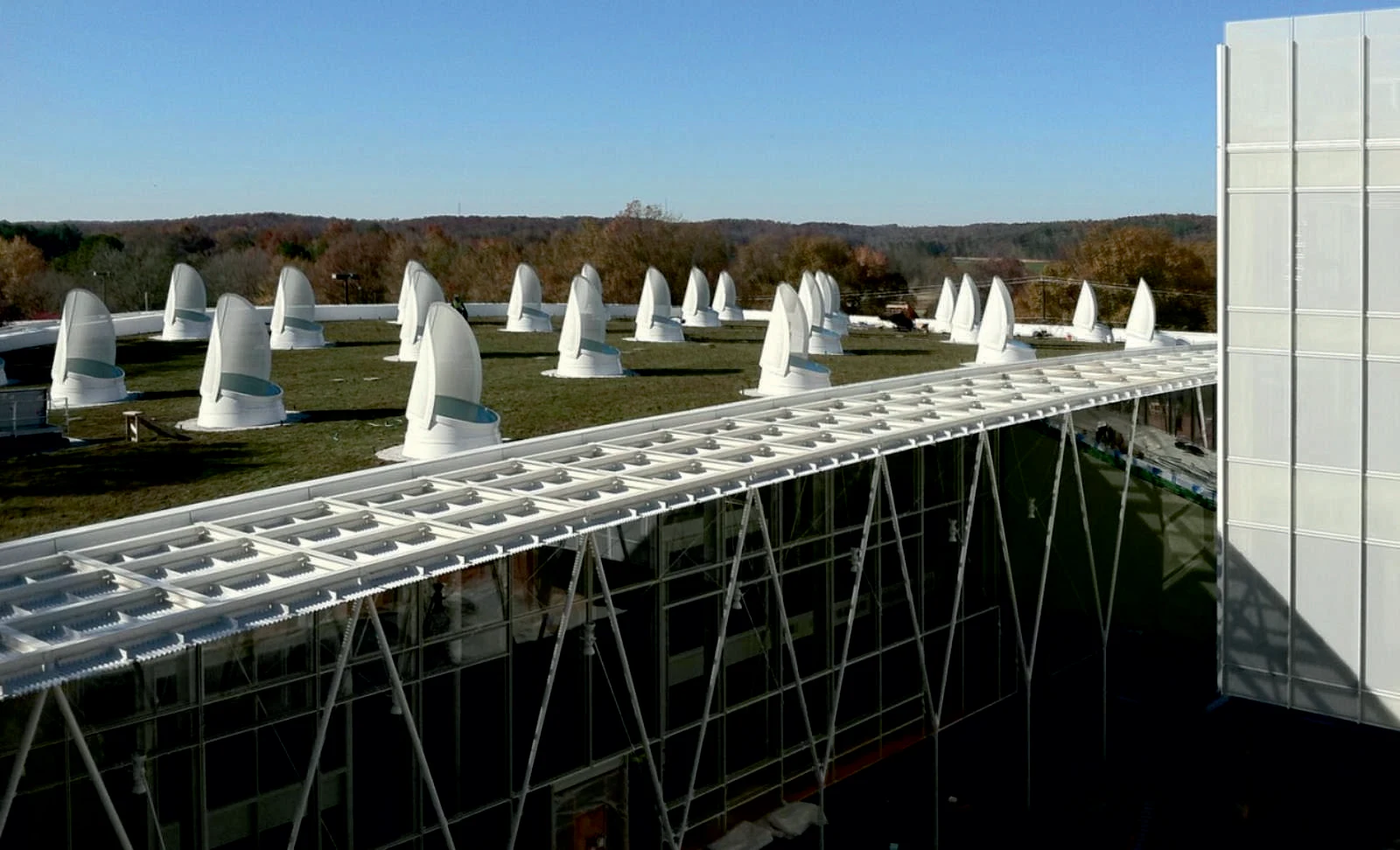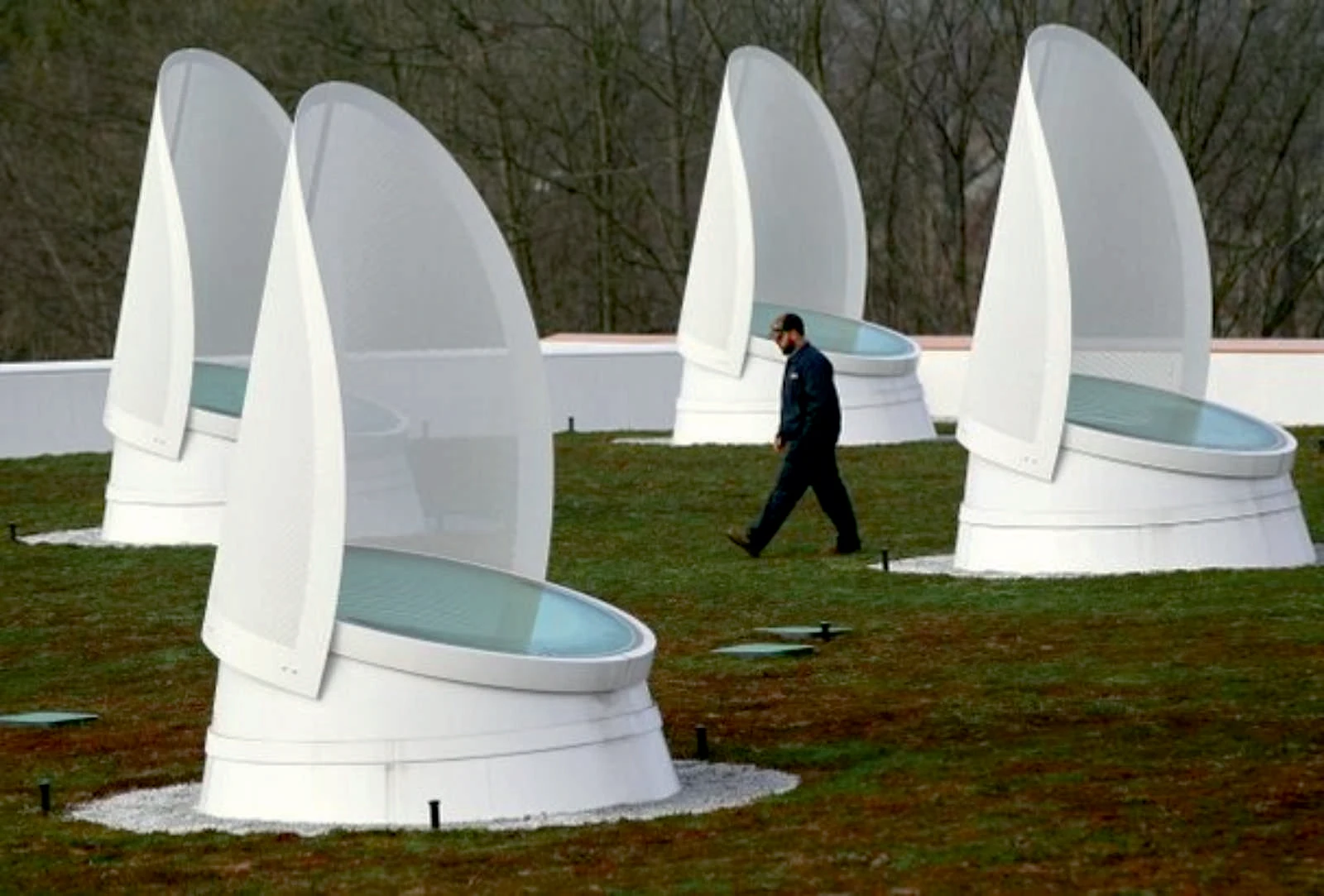
The original Lee Hall, constructed in 1957-58 as the Structural Science Building, was designed by the late architect and dean of Clemson architecture, Harlan McClure. in 2010, the National Park Service placed the Modernist facility on the National Register of Historic Places.

From the beginning, Phifer imagined Lee Iii as a connected structure that is light, open and well ordered. Through conversations with academic leaders, faculty and students, the complex began to emerge as one building, linked by way of the existing western corridor of Lee Ii. And a master plan for restoration of Lee I emerged.

Lee Hall at Clemson University was designed to be a building that teaches, and the important role of sustainability in the curriculum is clear in the building’s design.

The 56,000 Sf space blends studios, seminar rooms and offices for Architecture, Landscape Architecture, City and Regional Planning, Real Estate Development and Construction Science and Management into a fully collaborative environment where sustainability and energy-efficient building systems are intentionally prominent.

The building incorporates many passive design elements including controlled daylight and automated natural ventilation. Additionally, a closed-loop geothermal heat pump offsets the entire heating and cooling load.

It is one of the first projects worldwide to incorporate a comprehensive radiant slab cooling system in a mixed-humid climate. Lee Hall’s energy model indicates that it will perform 50% better than its design baseline (Ashrae 90.1 – 2007).

In fact, extensive monitoring systems installed as part of the project to track this performance goal show that the building is currently exceeding the model’s estimates. Lee Hall will be one of the first net-zero energy classroom buildings in the Us. This means that it will produce as much energy as it consumes. the project has achieved Leed Gold Certification with the Us Green Building Council.

The Aia Institute Honor Awards program awarded Clemson University’s Lee Hall College of Architecture with an Honor Award. the award “recognizes achievements for a broad range of architectural activity to elevate the general quality of architecture practice, establish a standard of excellence against which all architects can measure performance, and inform the public of the breadth and value of architecture practice.”


Location: Clemson, Usa Architect: McMillan PazdanSmith, Thomas Phifer Size: 55,000 gross square feet Footprint: 30,000 square feet Cost: $31.6 Million Year: 2012